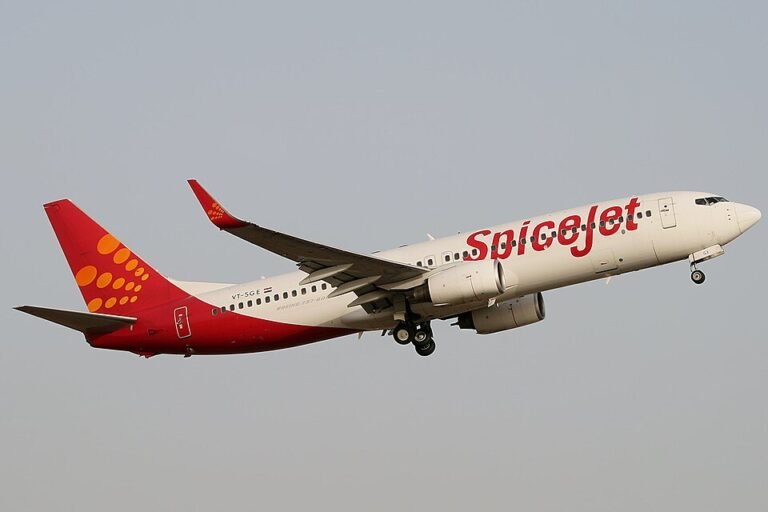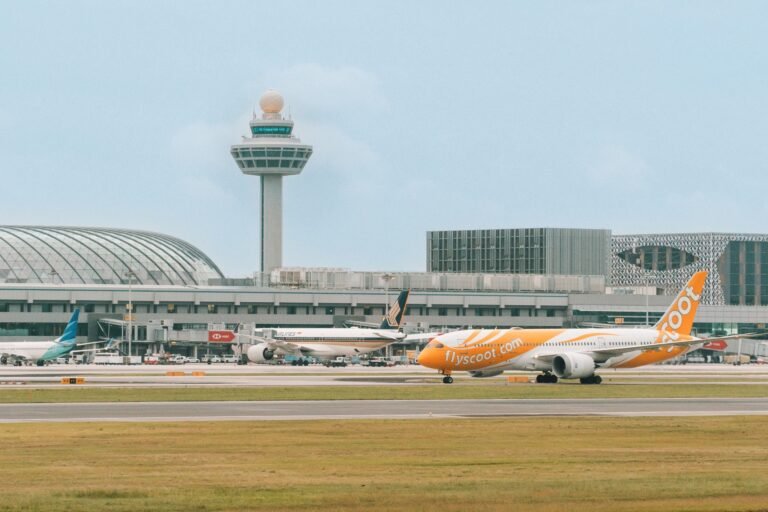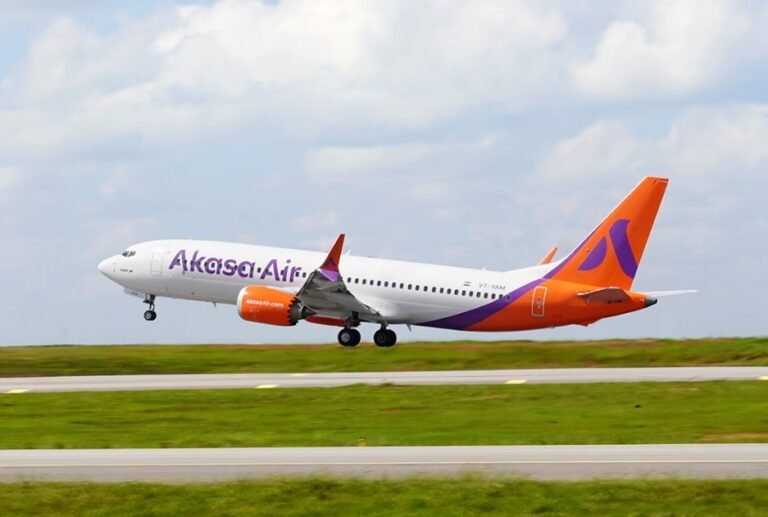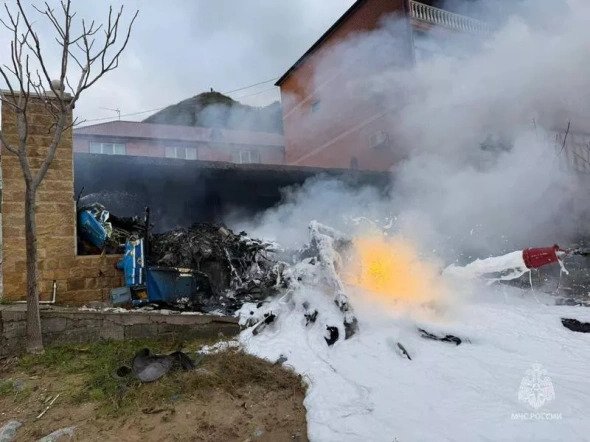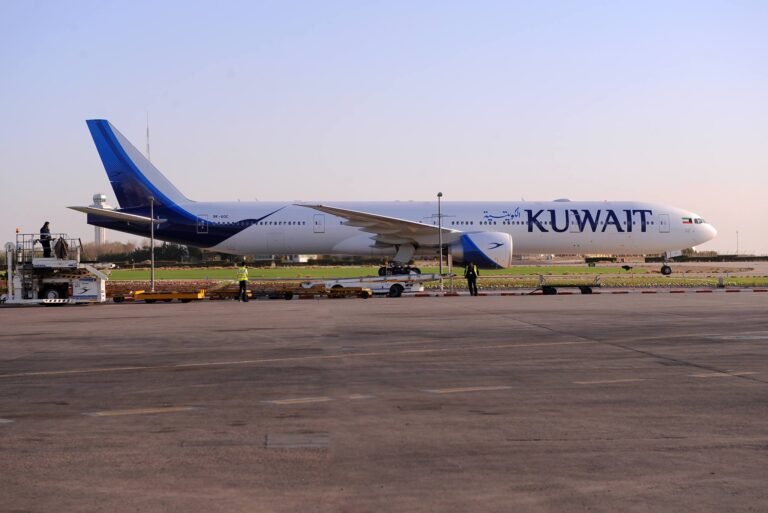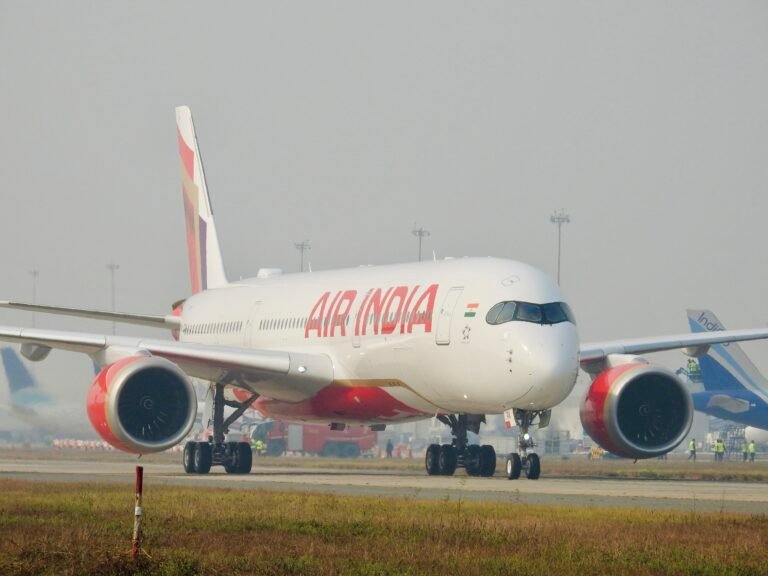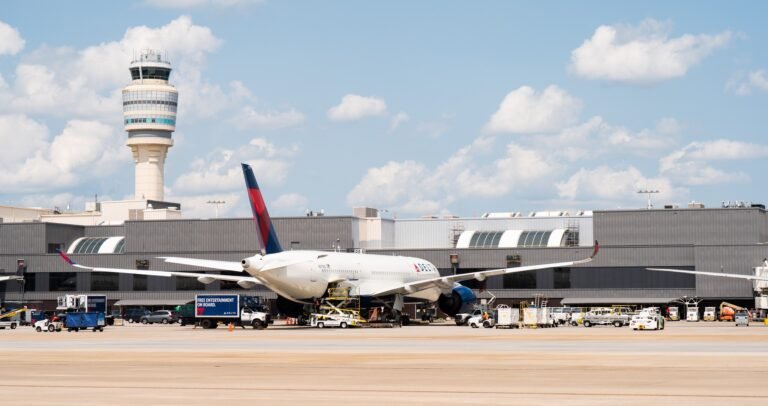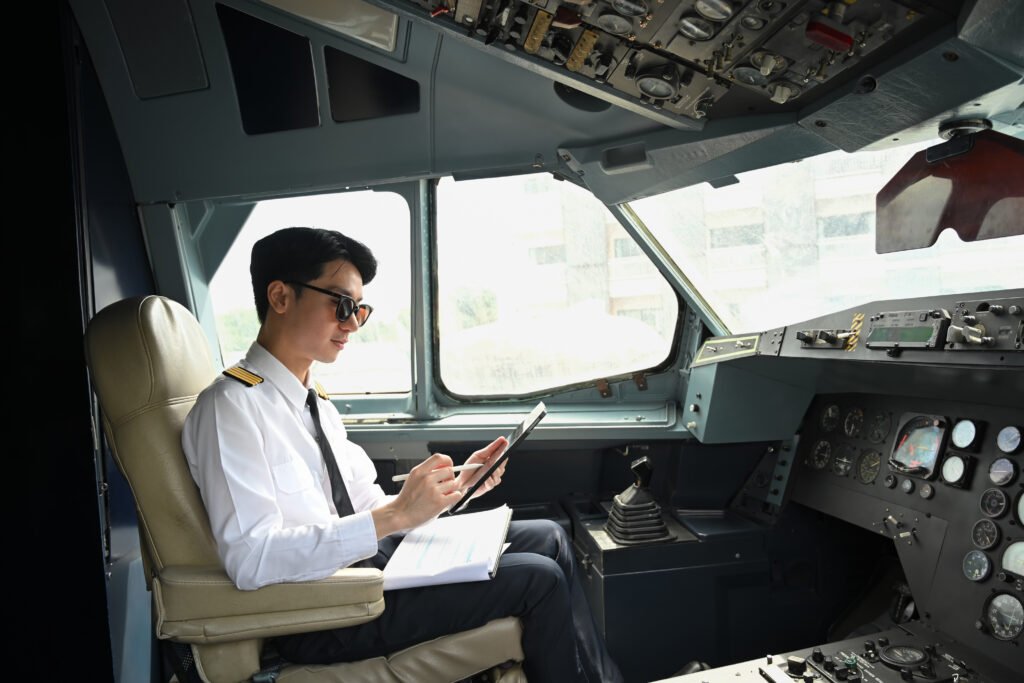
New Delhi, INDIA: In a bid to strengthen transparency and improve accountability among India’s flight training academies, the Directorate General of Civil Aviation (DGCA) has issued a new directive requiring all Flying Training Organisations (FTOs) to maintain updated, user-friendly websites.
The move comes amid rising scrutiny over operational standards at flight schools, especially following a series of recent accidents involving trainee pilots. The DGCA has stated that a well-maintained online presence will empower aspiring pilots and parents to make more informed decisions before enrolling.
“This is being done to help prospective students make informed choices before enrolling in any pilot training program,” a DGCA official told Press Trust of India (PTI).
New DGCA Directive
According to the latest communication, all FTOs must publish and regularly update detailed information on their websites, including:
- Course durations and license types (CPL, PPL, IR, etc.)
- Transparent fee structures for each program
- Fleet size and aircraft types (both active and under maintenance)
- Available flight simulators
- Number of instructors, their qualifications, and student-to-instructor ratio
- Hostel and accommodation details (if provided)
- Placement assistance or career support, if applicable
- Validity of the FTO’s DGCA approvals

The aviation regulator has also cautioned that non-compliance could lead to suspension or disciplinary action under relevant Civil Aviation Requirements (CAR).
Flight School Incidents
The directive doesn’t come in isolation. Over the past two years, India has witnessed a troubling rise in training-related air mishaps, many of which involve aircraft operated by FTOs.
Notable Cases
Pioneer Flying Academy, May 2025
A Diamond DA-40 aircraft crashed during a solo training sortie at Dhanipur Airstrip, Aligarh. The trainee pilot lost control during landing, causing the plane to breach the boundary wall. Fortunately, no injuries were reported.
Alchemist Aviation, August 2024
A Cessna 152 operated by the Jamshedpur-based academy crashed during a dual flight, killing both the instructor and student. The DGCA investigation revealed regulatory violations, leading to the revocation of its FTO approval.
Belagavi Aviation and Sports Enterprises, August 2024
A routine test flight ended in a crash-landing after an engine failure. The organization’s license was suspended shortly after the incident.
These recurring incidents have reinforced the need for more structured oversight and real-time visibility into an FTO’s operational setup.
India’s Flight Training Landscape
India currently has over 35 approved FTOs operating across multiple states from Gujarat and Maharashtra to Madhya Pradesh and Telangana. These schools are critical in fulfilling India’s growing demand for skilled commercial pilots, especially with domestic carriers placing bulk aircraft orders.
However, safety oversight remains a persistent challenge. Several operators are found lacking when it comes to technical audits, instructor availability, and aircraft maintenance. The new directive signals a shift toward greater public accountability and digitized scrutiny.
The DGCA has not set a hard deadline but has asked all training schools to implement the directive with immediate effect. Periodic inspections and digital audits are expected to follow.
With over 15,000 new commercial pilots required by 2030, industry stakeholders believe this is a much-needed step toward building a safer and more transparent training ecosystem.

